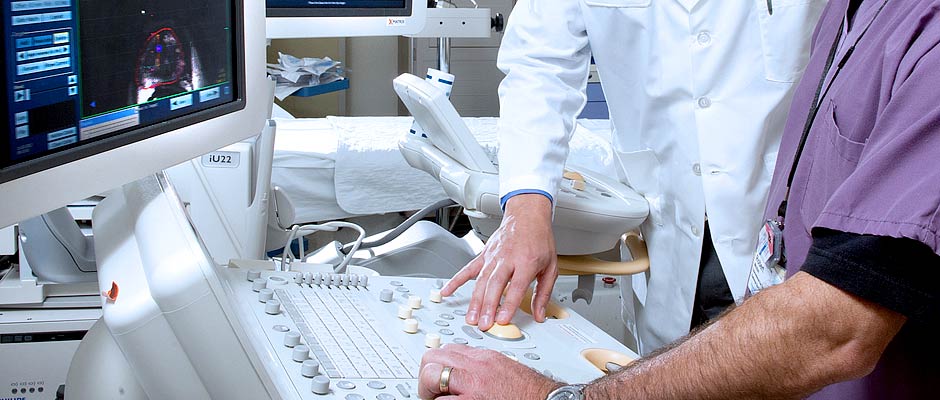
Urology
Surgery and treatments of urinary system
A cystoscopy is a medical procedure used to examine the inside of the bladder using an instrument called a cystoscope (a thin, fibre optic tube that has a light and a camera at one end).
It’s inserted into the urethra (the tube that carries urine out of the body) and moved up into the bladder.
A transurethral resection of the prostate (TURP) is a surgical procedure that involves cutting away a section of the prostate.
TURP is carried out using a device called a resectoscope (a thin metal tube containing a light, camera and loop of wire).
Vasectomy is a quick and relatively painless surgical procedure usually carried out under local anaesthetic, and takes about 15 minutes. The tubes that carry sperm from a man’s testicles to the penis are cut, blocked or sealed with heat.
Penile implants (inflatable or semi-rigid) are a type of surgery that may be considered if other treatments for erectile dysfunction have not been successful.
This is a surgical procedure to repair a varicocele (an enlargement of the veins within the loose bag of skin that holds testicles).
The purpose of surgery is to seal off the affected vein to redirect the blood flow into normal veins.
Nephrectomy is an operation to remove a kidney. There two types of nephrectomy:
Simple nephrectomy for benign conditions, this involves removal of the kidney only.
Radical nephrectomy for tumours of the kidney, suspected to be cancerous.
The kidney is removed by an open operation, or by keyhole (laparoscopic) operation, or a combination of both, depending mainly on the disease itself.
There are various surgical procedures if other treatments for urinary incontinence (the unintentional passing of urine) are unsuccessful or unsuitable.
Surgery like tape procedures, colposuspension, sling procedures, urethral bulking agent injection, artificial urinary sphincter fitting, etc. can be used depending on the type of the incontinence and patient gender.
ESWL (Extracorporeal shock wave lithotripsy) is the most common way of treating kidney stones that cannot be passed in the urine.
After pinpointing the location of the kidney stone by X-rays or ultrasound, a machine sends shock waves of energy to the stone to break it into smaller pieces so it can be passed in patient’s urine.
